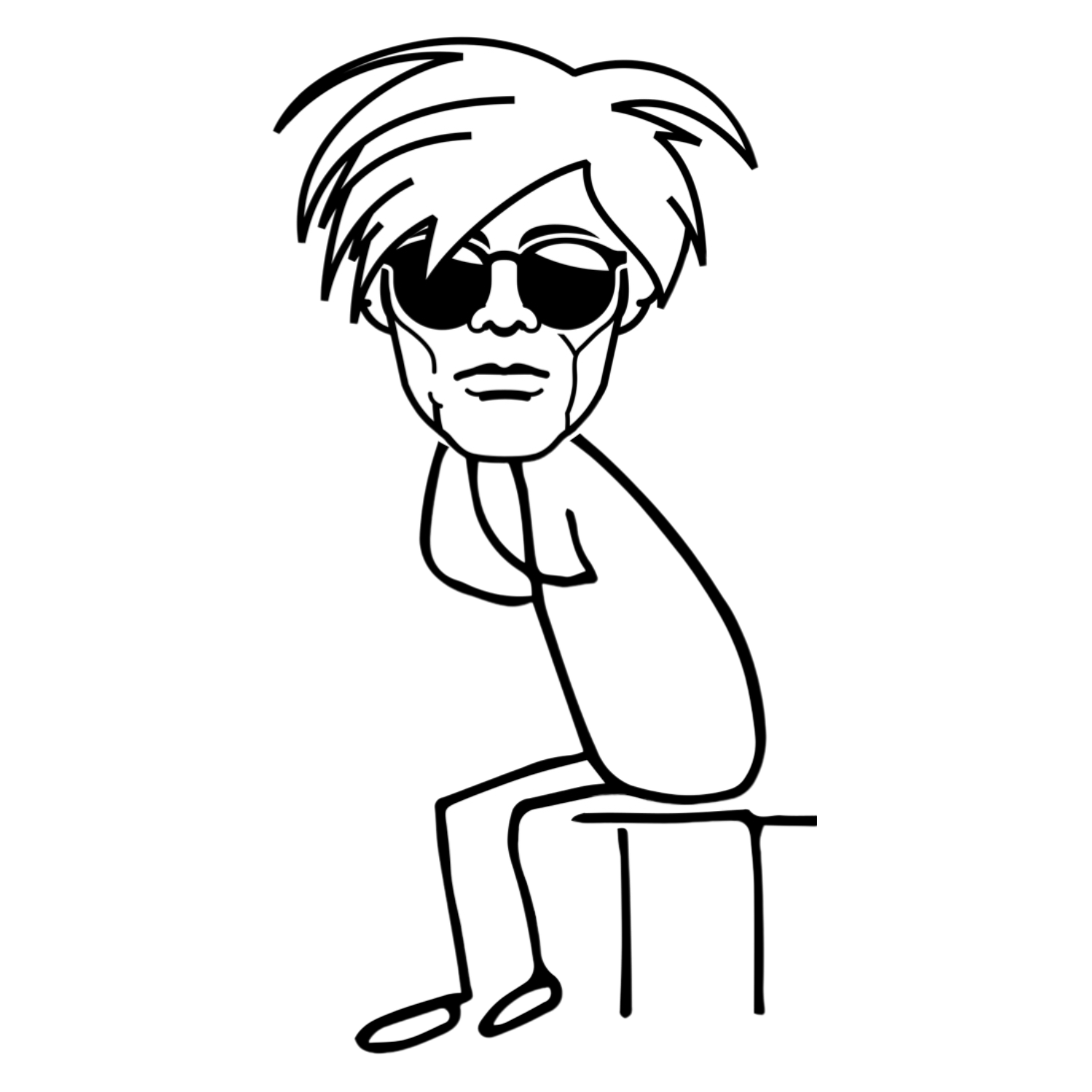Monetization Law Number #3
Offer three pricing option levels. 4 is ok too
Our brains are wired to compare and contrast when making evaluations. Three-tier pricing plays to this bias.
Good, Better, Best
Introduction to the pricing approach adopted by a majority of saas companies - good better best.
This chapter is about how you should use price tiering to increase your monetization. As always we break down the chapter into a rule, the rationale and the rabbit hole.
The Rule provides a quick monetization heuristic i.e. a rule of thumb in operation, a kind of —do this— and you’ll be 80% of the way there.
Rationale explains why the rule works with deeper insights and its use in practice.
Rabbit hole provides more in-depth resources and recommendations for anyone wanting to spend more hours researching each topic.
⓵ Rule 📖
⓶ Rationale 🧠
⓷ Rabbit Hole 🐇
⓵ Rule: Monetization Law #3 📖
Always use three price options when selling products, services or anything for that matter.
⓶ Rationale: Monetization Law #3 🧠
The law of three: a fairy tale come true
The study of choice has had a significant impact on monetization practices. At one end lies rationality - our need to compare and contrast. On the other, the fear of choice overload, feature shock, and confusion. Behavioural science reminds us that rationality cannot be surmised based on expected utility alone. Other perception factors are at work.
Experiments have shown that given the option of 24 products (jams in the experimental situation) or just six products, the smaller choice outsold the more extensive range tenfold (10X). At the low end, experiments have also demonstrated that where only one option exists, the mind races to find comparisons. This proverbial ‘crapshoot’ is not a welcome scenario for most companies.
Better to ease the customer's cognitive load and provide all the options they desire. All from your product stable, of course!
In the middle of these two theories emerges ‘Goldilocks Pricing’, the holy grail of modern pricing.
⓷ Rabbit Hole: Monetization Law #3 🐇
The same, only different!
Goldilocks, as a quick fairy tale refresher, was the girl who stumbled upon a bear house and proceeded to try baby, mummy, and daddy bears’ food and lodgings. Like the fairy tale, the concept of presenting three options to customers has gathered pace during the internet web 2.0 era. Automated sales and the ease of additional feature delivery, activation, and management have been the critical drivers for this change.
The result of these capabilities is the concept of Good, Better, Best (GBB) pricing tables offering three or more tiers to capture maximal demand. The table on the left is a descriptive example of the narrative that forms the offer's basis. The 'good' offer does a decent job of indicating entry-level in its use of adjectives, while the 'best' suggests top end, unlimited potential.
This model dominates the current SaaS landscape and is mostly understood by the customer base who have shown a great willingness to engage in this transparent 'what you see is what you get' model of the software product and service acquisition.
🐇 Additional Research 🐇
This article authored by Rafi Mohammed published by The Harvard Business Review is a superb exploration of good-better-best pricing.



